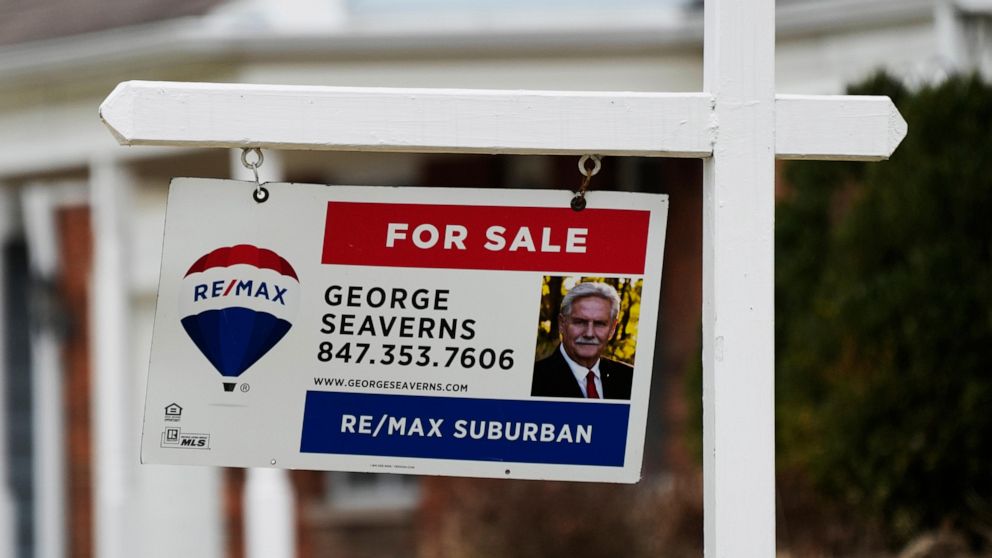The average long-term U.S. mortgage fell for the second straight week which, combined with moderating home prices, could give house hunters a break and the housing market a boost as the spring buying season begins.
Mortgage buyer Freddie Mac reported Thursday that the average on the benchmark 30-year rate fell to 6.42% from 6.6% last week. The average rate a year ago was 4.42%.
Even though financial markets remain jittery over recent bank collapses and the Fed raised its benchmark lending rate by another 25 basis points Wednesday, some economists think there may be light at the end of the tunnel for the downtrodden housing market.
“On the homebuyer front, the news is more positive with improved purchase demand and stabilizing home prices,” said Sam Khater, Freddie Mac’s chief economist. “If mortgage rates continue to slide over the next few weeks, look for a continued rebound during the first weeks of the spring homebuying season.”
Last year’s big rise in mortgage rates — which can add hundreds of dollars a month in costs for homebuyers — chilled the housing market. Before surging 14.5% in February, sales of existing homes had fallen for 12 straight months to the slowest pace in more than a dozen years.
In 2022, existing U.S. home sales fell 17.8% from 2021, the weakest year for home sales since 2014 and the biggest annual decline since the housing crisis began in 2008, the National Association of Realtors reported earlier this year.
But recently there has been some good news for those seeking to move: the national median home price slipped 0.2% from February last year to $363,000, marking the first annual decline in 13 years, according to the NAR.
The average long-term rate hit 7.08% in the fall — a two-decade high — as the Federal Reserve cranked up its key lending rate in a bid to cool the economy and stymie persistent, four-decade high inflation.
In their latest quarterly economic projections, the policymakers forecast that they expect to raise that key rate just once more — from its new level of about 4.9% to 5.1%, the same peak they had projected in December.
While the Fed’s rate hikes do impact borrowing rates across the board for businesses and families, rates on 30-year mortgages usually track the moves in the 10-year Treasury yield, which lenders use as a guide to pricing loans. Investor expectations for future inflation, global demand for U.S. Treasurys and what the Federal Reserve does with interest rates can also influence the cost of borrowing for a home.
Treasury yields have fluctuated wildly since the collapse of two mid-size U.S. banks two weeks ago, with the 10-year falling to 3.47% Thursday. The 10-year yield reached 5.07% before the bank collapses, its highest level since 2007.
The rate for a 15-year mortgage, popular with those refinancing their homes, also came down again this week, to 5.68% from 5.9% last week. It was 3.63% one year ago.

